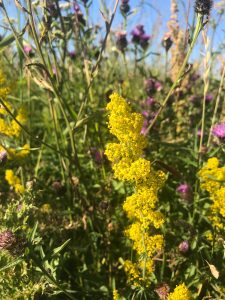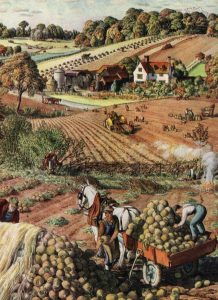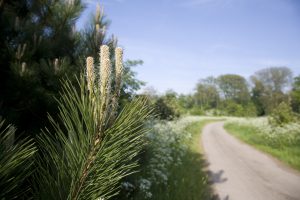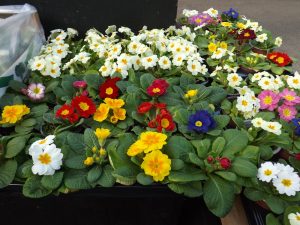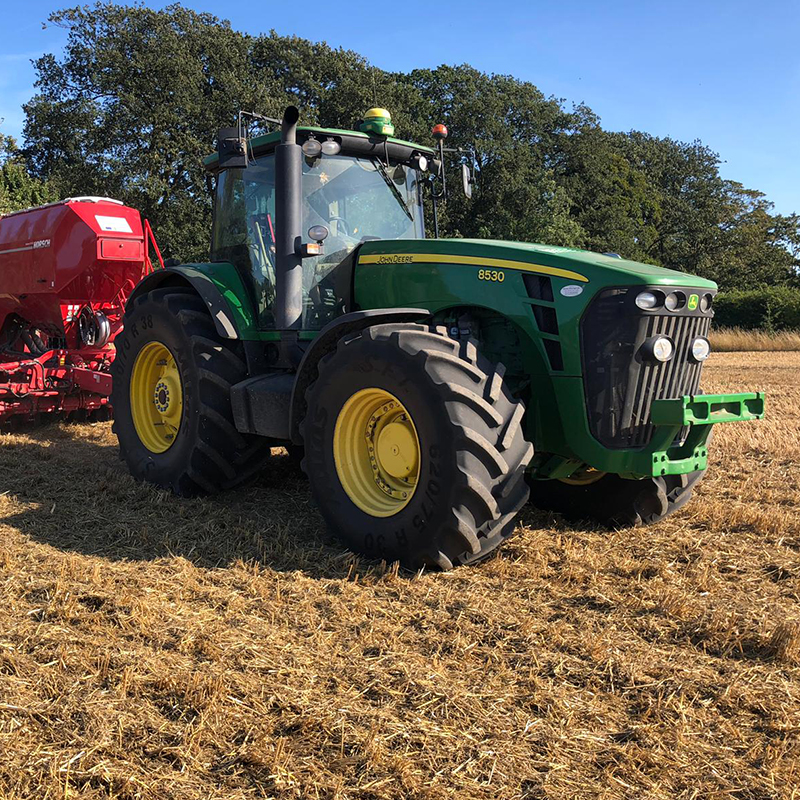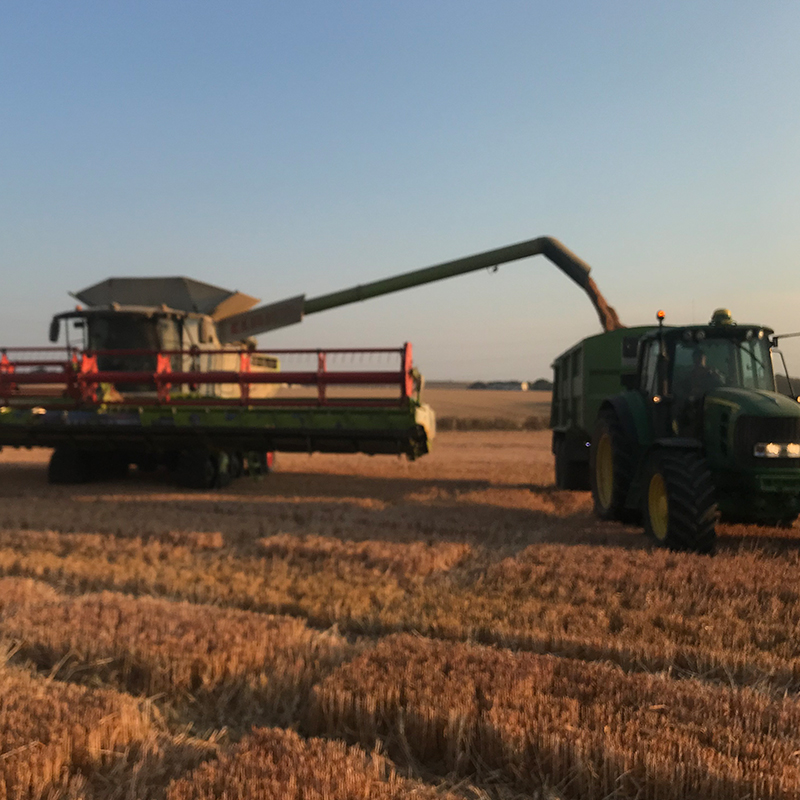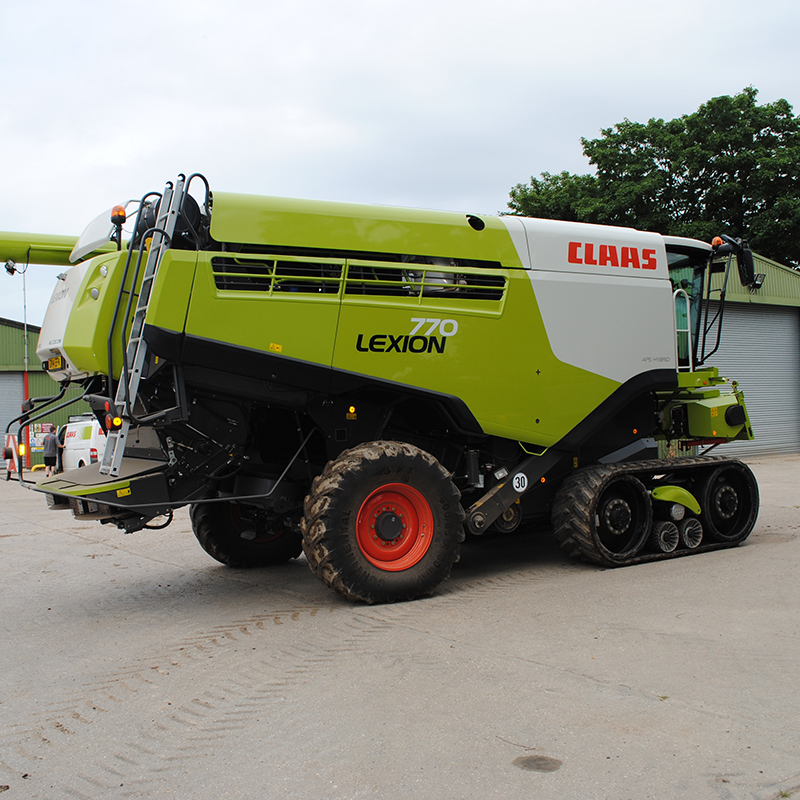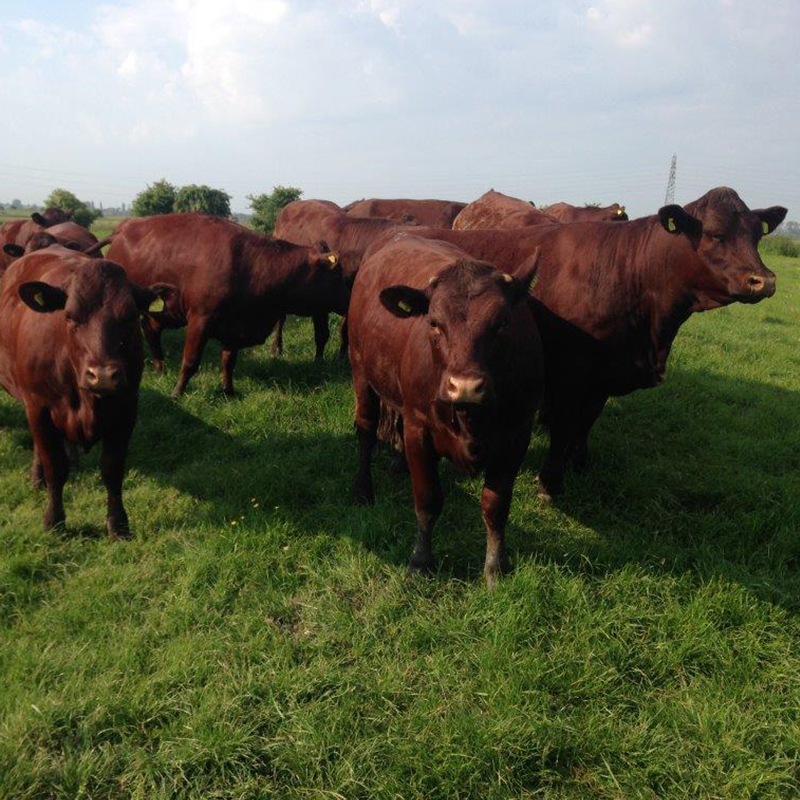
Providing a variety of wildflowers, grasses and hedgerows along the field margins in this way encourages pollinating insects. Many insects have seen a decline due to the loss or reduction of their preferred habitat, which has put their survival under threat.
Now conservation, stewardship of the land and agriculture are coming together together to provide spaces for nature, which in turn will benefit our crops and go along way to preventing this decline in pollinating insect numbers.
